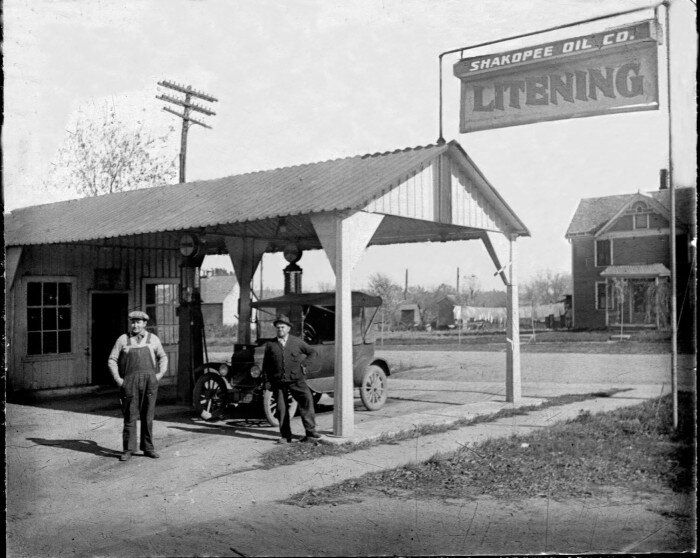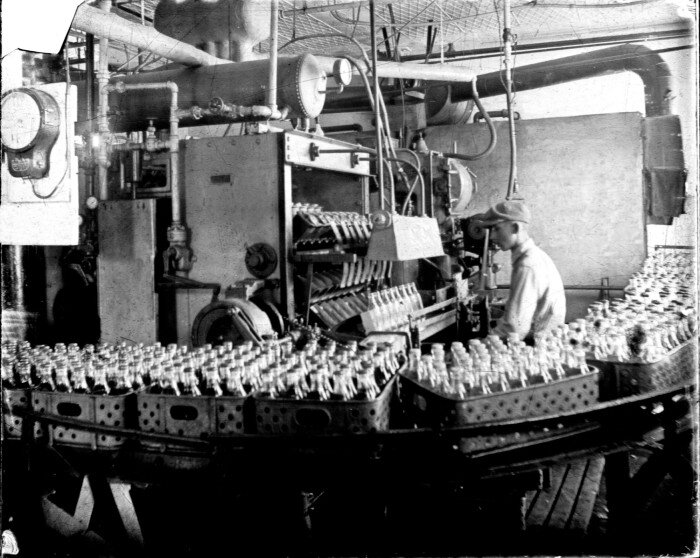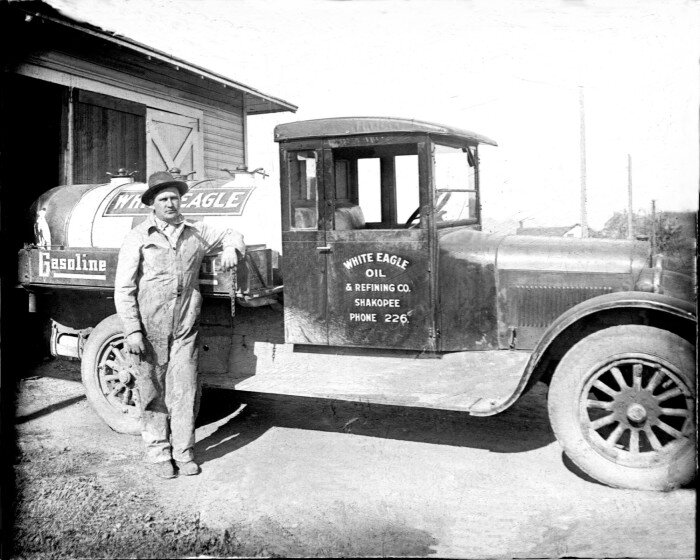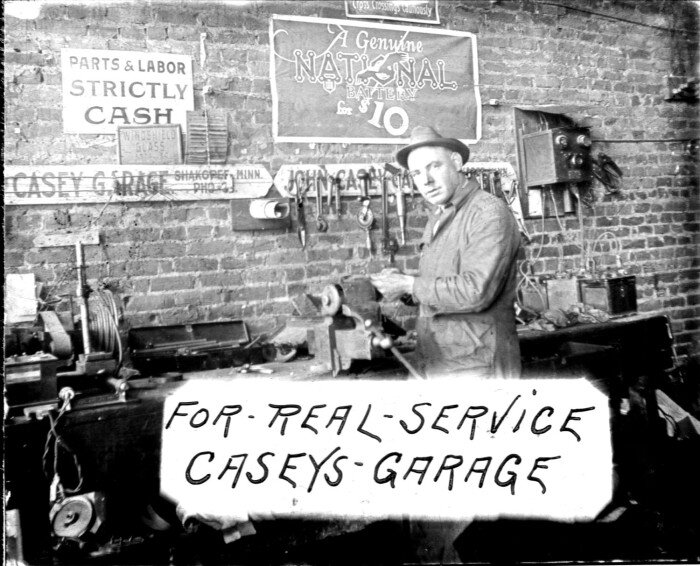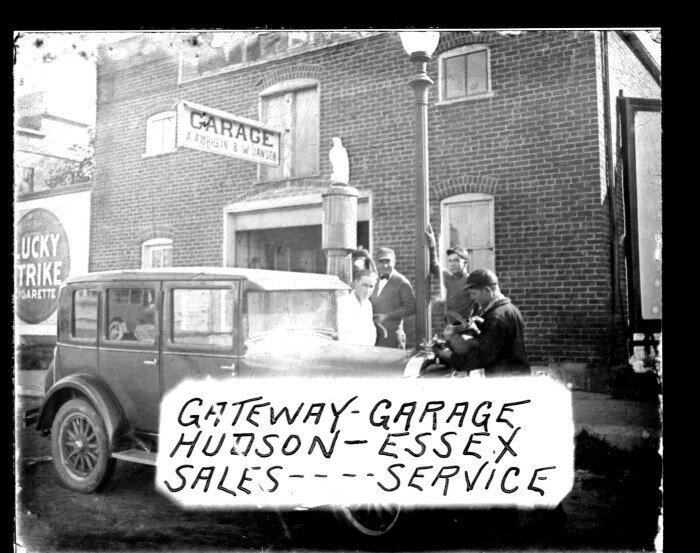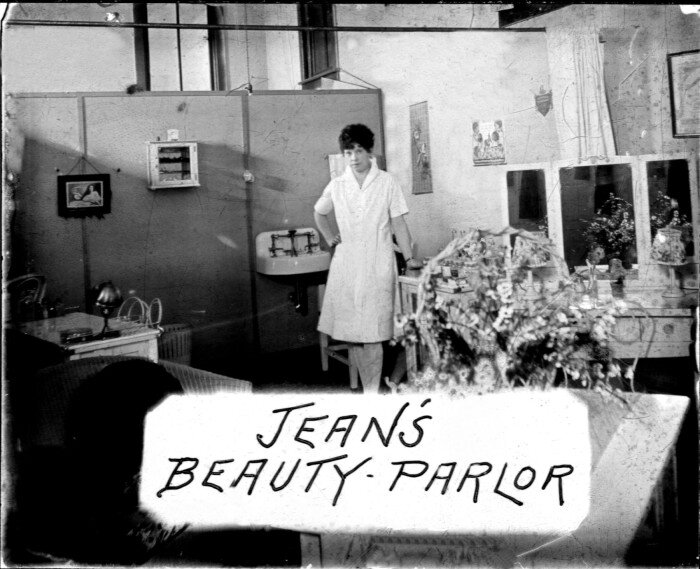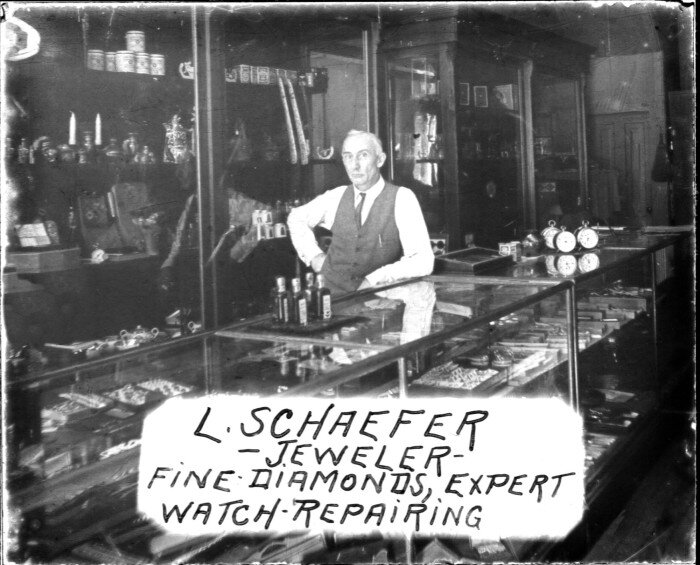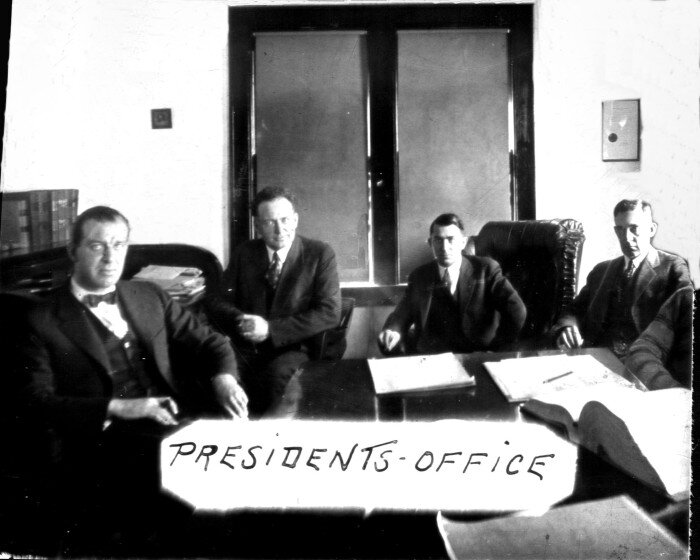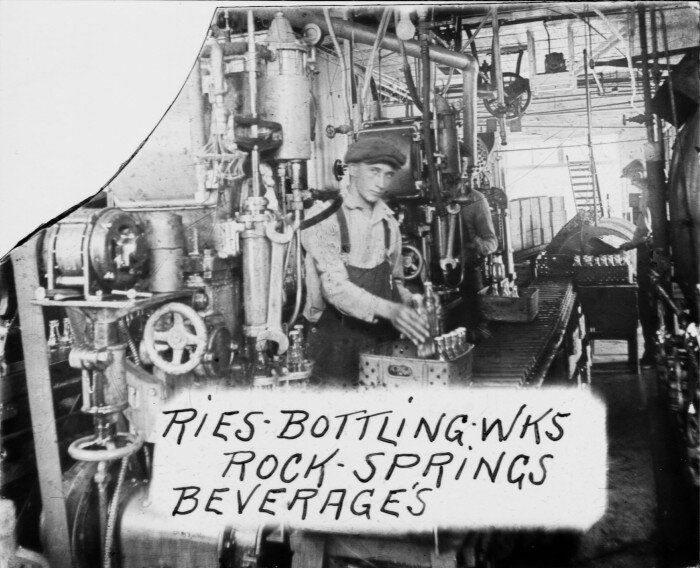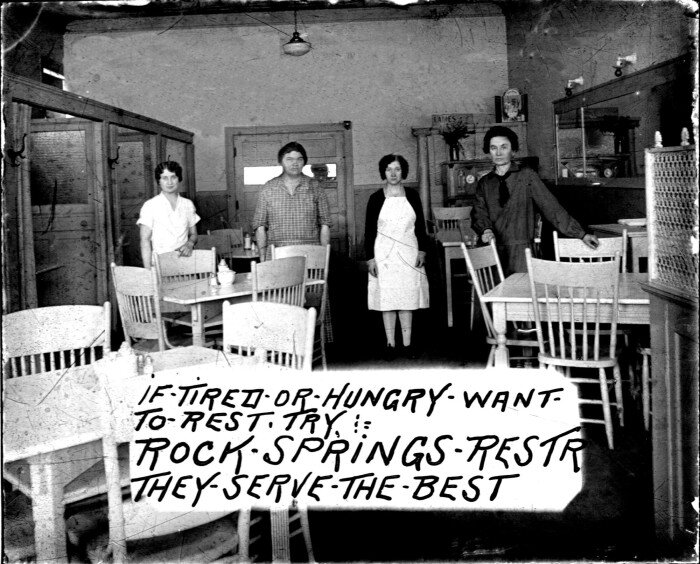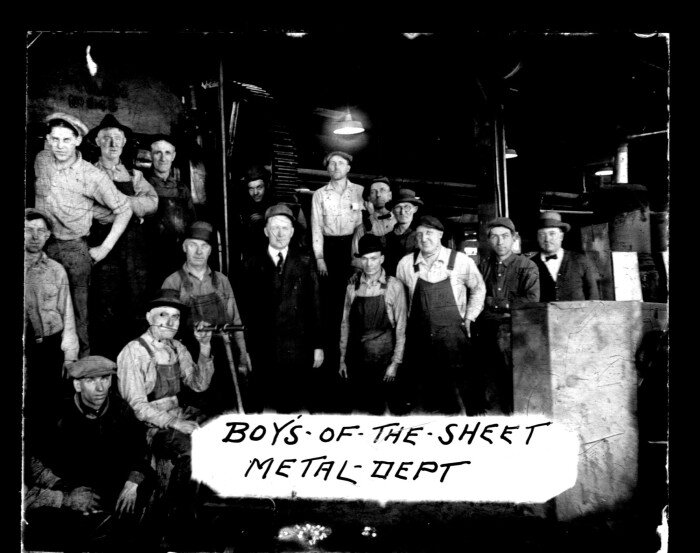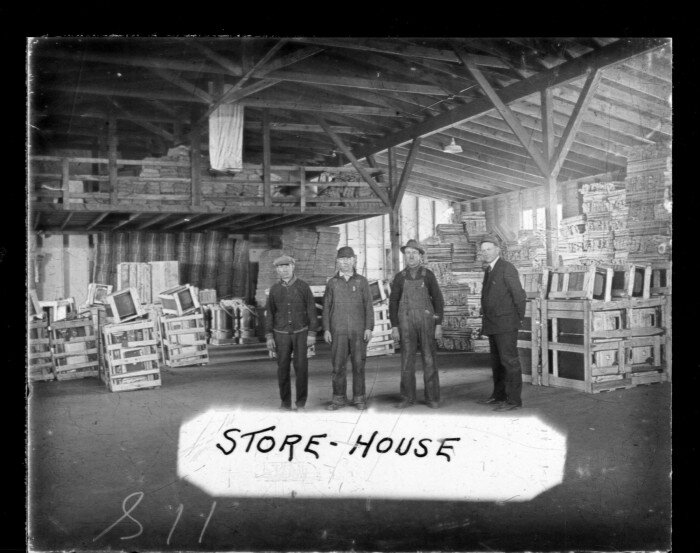After indulging over the holidays, it seems that each January we pledge to exercise more and eat healthier. Cookbooks are the go-to resource for the “eating-better” part of that new commitment. But did you ever wonder about where these marvels of gastric chemistry originated?
Prior to the 1750s, cookbooks were written by chefs for chefs. Many families had their own “note [cook] books”, that included recipes not only for food, but also for medicinals (think headache cures) and cleaners (such as shoe polish). The first cookbook for housewives was published in England in 1757. It consisted of artistic recipes designed to help homemakers create fancy meals.
America’s first known cookbook, American Cookery, was written in 1796 by Amelia Simmons. Many of the book’s recipes called for distinctly American ingredients such as pumpkin and corn.
In 1845 Eliza Acton wrote Modern Cookery for Private Families, and was the first cookbook to list ingredient quantities and cooking times. In addition to recipes, Acton’s book included information for women about morals and etiquette.
Fannie Merritt Farmer is credited with creating the modern cookbook. Farmer attended and later taught at the Boston Cooking School. In 1896 she wrote Boston Cooking School Cook Book. Using scientific methods, her recipes were the first to give precise measurements and instructions. She also established the practice, still used today, of writing a recipe by first listing the ingredients and their amounts and then writing out precise instructions for preparing the dish.
So, the next time you use a cookbook, think of its long history and all the trial and error that went into creating the yummy recipes. Happy Cooking!




